
As technology continues to evolve, dental practices must adapt and integrate new tools and techniques to improve patient care.
In-house 3D imaging systems have become a vital component of modern dental practices, offering a range of benefits that traditional 2D imaging cannot match.
In this article, we explore the numerous advantages of 3D imaging technology and how it can enhance patient outcomes.
In recent years, the use of 3D imaging technology has become increasingly prevalent in dental practices.
The benefits include improved diagnostic accuracy, enhanced patient education, increased treatment accuracy, reduced treatment time and improved patient outcomes.
With the ability to capture high-resolution, three-dimensional images of the teeth, jaws and other structures in the oral cavity, 3D imaging technology has become an indispensable tool for modern dental practices.
One of the primary benefits is the ability to capture three-dimensional images.
This level of detail allows dental practitioners to detect issues that may have gone unnoticed with traditional 2D imaging, such as hidden dental caries, impacted teeth, or bone abnormalities.
With the ability to identify these issues at an earlier stage, dentists can develop more effective treatment plans and improve patient outcomes.
In addition to improving diagnostic accuracy, 3D imaging technology can also enhance patient education.
With the ability to show patients detailed 3D images of their oral structures, dental practitioners can better explain treatment options.
Patients are more likely to understand the extent of their condition and the importance of the proposed treatment plan when they can see visual representations of the problem.
3D imaging systems can also improve treatment accuracy by allowing dental practitioners to plan and execute treatments with greater precision.
By visualising the anatomy of the oral cavity in 3D, dentists can more accurately plan treatments such as dental implant placement, root canal therapy and orthodontic treatment.
This can reduce the risk of complications and improve treatment results.
With the ability to plan treatments more accurately, 3D imaging systems can also reduce treatment time.
By identifying and addressing issues at an earlier stage, dental practitioners can often perform treatments more efficiently and with greater precision.
Perhaps the most significant benefit of 3D imaging systems is the improvement in patient outcomes.
With improved diagnostic accuracy, treatment accuracy and reduced treatment times, patients are more likely to experience better treatment outcomes and recover more quickly.
In addition, 3D imaging technology can help dental practitioners develop more effective treatment plans, leading to fewer complications and better long-term oral health outcomes.
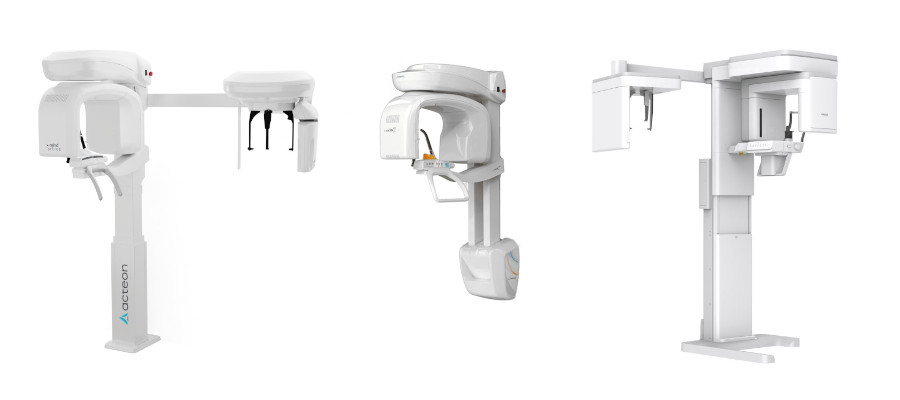
As a dental practitioner, you may be wondering whether investing in a 3D imaging system or Cone Beam Computed Tomography (CBCT) for your dental practice is worth it.
Perhaps you have concerns about the cost and space requirements, or you’re unsure of the benefits it could bring to your practice and patients.
Acquiring a 3D imaging system or CBCT for your dental practice can be highly beneficial.
Not only can it improve the quality of care you provide to your patients, but it can also increase the value of your business in the long run.
Here are some reasons why investing in a 3D imaging system or CBCT is a wise decision for your dental practice:
With a 3D imaging system or CBCT, you can provide your patients with a more comprehensive and accurate diagnosis.
Images can be rotated and viewed from all angles, allowing you to see the entire structure of the teeth and jaw.
This can lead to better treatment planning and a more positive patient experience overall.
By becoming the first practice in your area to provide 3D imaging, you can establish yourself as a referral practice for other dentists who don’t have access to this technology.
This can help you attract new patients and grow your business.
With a 3D imaging system or CBCT, you can attract dentists such as implant specialists who require this technology to perform their work.
This can expand the services you offer and improve the quality of care you provide to your patients.
Promoting your CBCT technology can be a powerful marketing tool for your practice.
By highlighting your advanced capabilities, you can attract new patients who are seeking the latest technology and the highest quality of care.
At D H Keen dental surgery, we reconfigured one of their surgeries to accommodate an Acteon X-Mind Prime CBCT machine.
This required some adjustments to the layout of the practice.
Our experienced team provided expert guidance on the best layout for the surgery to optimise the space available.
The end result was a successful fit-out that enabled the practice to offer their patients the latest in dental technology.
Another project, for Crowborough Gentle Dental, involved converting a stock room into a fully functional CBCT room with a Vatech Green.
Despite the short notice, we were able to provide a turnkey solution that included all aspects of the fit-out process.
Our team carried out a thorough strip-out of the existing room and added lead lining to ensure radiation safety.
The end result was a fully equipped CBCT room that met all of the practice’s needs and exceeded their expectations.
3D imaging systems have revolutionised the dental industry by providing dental professionals with a more accurate, detailed view of a patient’s mouth.
While the initial investment in an in-house system may be significant, the long-term benefits make it a worthwhile investment for dental practices.
By investing in a 3D imaging system or CBCT, you can improve the quality of care you provide to your patients, increase the value of your business and establish yourself as a leader in your field.
See our CBCT equipment listings and please contact us if you would like to discuss installations or maintenance.
We thrive on maximising every opportunity to help dentists, and their teams, be at their best. We do this by making their spaces work better for them, their staff, their customers and their businesses.
To further explore the benefits of in-house 3D imaging systems, let’s answer some common questions:
Q: What is an in-house 3D imaging system?
A: An in-house 3D imaging system is a machine that uses advanced technology to create a detailed, three-dimensional view of a patient’s teeth and surrounding structures. These machines are typically used for complex dental procedures, such as dental implants or root canals.
Q: How do in-house 3D imaging systems improve patient care?
A: In-house 3D imaging systems improve patient care by providing dental professionals with a more accurate and detailed view of a patient’s mouth. This allows for earlier detection and treatment of dental problems, as well as more precise treatment planning.
Q: Are in-house 3D imaging systems expensive?
A: In-house 3D imaging systems can be expensive, but they are becoming increasingly affordable as the technology advances. Additionally, the investment in an in-house system can pay off in the long run by improving patient outcomes and practice efficiency.

I have used them for the first time in recent months for a complicated project in carrying out a practice refurbishment. Eclipse were meticulous and brilliant. Very knowledgable engineers and a beautiful finish to my practice. They really are a family based business who will look after you. Very professional company and will definitely keep using them.

I had my 2 surgery practice completely stripped out and services repositioned with new flooring, new equipment and redecorated. They kept to the agreed time scale and we were up and running in our state-of-the-art new surgery. Thank you Eclipse and I will be using your services again.
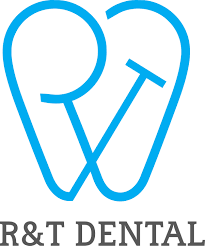
I did a lot of research looking for a dental fit-out company before I came across Eclipse Dental. They designed the surgery exactly the way I wanted it to look which suits my requirements perfectly. The final result was phenomenal, just phenomenal!

The engineers that attend our practice are very knowledgeable and always act in a professional manner. If we have an emergency situation John Boyt always tries his best to fit us in. I have no hesitation in recommending Eclipse Dental Engineering to you for all your servicing and breakdown needs.

Eclipse listened to my ideas, they added a lot to them and improved my initial design. They had loads of realistic and creative ideas for a 21st century dental practice! Two surgeries were refurbished on time without any interruption of our clinics.

We would highly recommend the awesome Eclipse team who guided us through the design process, finishing touches and colour schemes. Their ability to combine build works with equipment and dental engineering makes it so much easier and better value.

I am very pleased with the result, it is of a high quality and surpassed my expectations, on the strength of the work done I commissioned some extra wall cabinetry. The whole process was hassle-free and I would be very happy to recommend Eclipse to my friends in the business.
We used Eclipse recently in an emergency as we had equipment failure. They were very quick to respond to our call and were able to get us working again within 2 hours. The engineer was very friendly and professional and I would highly recommend this company.

I would like to express my gratitude to you and your team for your professionalism and prompt response when our dental chair packed up. You attended the same day, removed the damaged chair and installed a rental to allow us to continue practising.
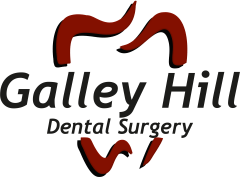
Having dealt with many fit-out companies over the years, Eclipse Dental has been one of the most professional, dependable and sincere companies I have ever worked with. I would not hesitate to use their services again.

Excellent service, Eclipse have worked tirelessly for us and have always come out same day if we have a problem stopping us working. Thanks to all at Eclipse.
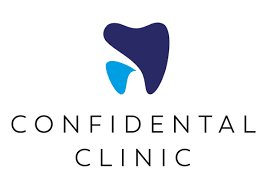
Their awareness of CQC regulations regarding equipment relocation and our necessity to minimise downtime was brilliant. We would like to recommend Eclipse Dental to anyone considering a refurbishment or relocation.
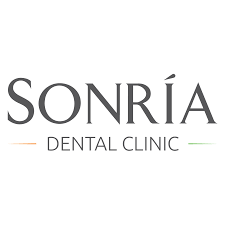
Very happy with the service and reliability of the team. From the beginning to the end, everyone was always helpful and very kind. I definitely will recommend Eclipse Dental!

I liked how swiftly the projects were done. Everything was managed, everything was timed and everything was coordinated. And every day we saw something happening. It was very exciting.

The quality of craftsmanship was exceptional—the cabinetry, flooring and all custom elements were made precisely to our specifications and aligned perfectly with our vision for the space.

Brilliant. Just professional! Complete refit of surgery. Flawless.

The boys did well! We didn’t give them much time to prepare but they did a great job, extremely pleased.
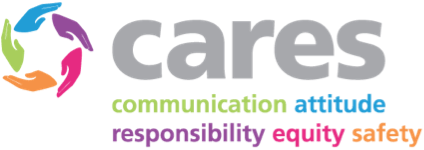
We have had the chairs for some time now and are happy with them. They serve what we need them for. The aftercare service is excellent

Eclipse are very flexible and listen to your needs. We are very impressed with the quality of workmanship they delivered. I would not hesitate to continue recommending Eclipse.
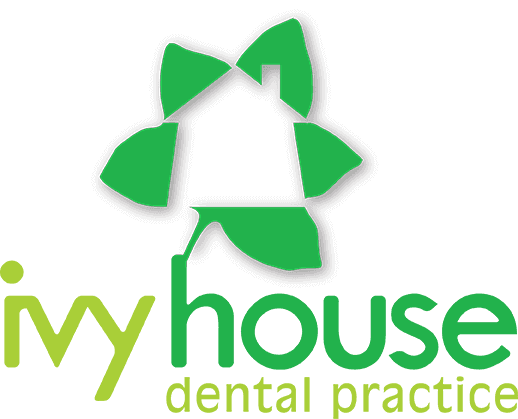
Eclipse were always accommodating of any requests and would always go the extra mile. I look forward to working with them for many years to come.

We are delighted with the end result. The practice looks good and, more importantly, works ergonomically and efficiently.